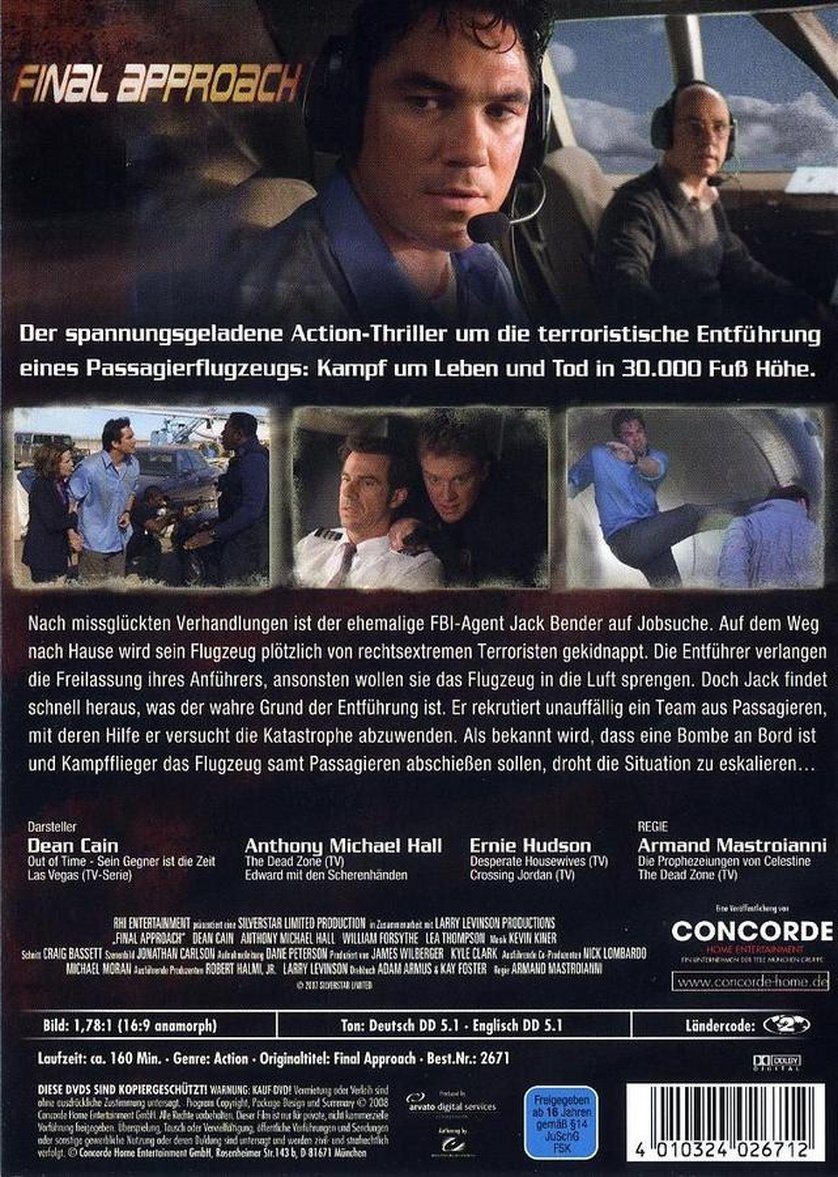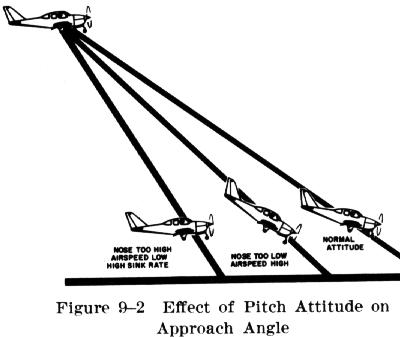

Assuming the rule of thumb is correct and you are flying at POH Vref of 70-80 knots, instead of 64 knots, then you are landing 600 – 1600 feet farther down the runway than the performance charts in the POH indicate.Īs I said, unless otherwise indicated, the POH numbers are based on MGW. There is a rule of thumb that says that for each knot above Vref over the runway end numbers, the touchdown point will be an additional 100 feet down the runway than stated in the POH. Could the difference be a “lawyer thing”? Therefore, at 1.3Vso, Vref can be 64 knots, a far cry from a span of 70-80 knots. However, the C-182 POH states that Vso is 49 knots.

This is quite a speed range to enter the flare. For example, a Cessna-182 POH indicates Vref, flaps down, of 70-80 knots at MGW.

Unless there are performance charts for specific airplane weights, POH Vref airspeeds are normally based on Maximum Gross Weight (MGW). With the landing gear down and flaps deployed, this is known as 1.3 times Vso. General aviation airplanes are certificated to Vref airspeeds 30% above stall speed in the landing configuration. I’m going to use the term Vref in place of “final approach speed.” I’d like to challenge you to use a final approach airspeed closer to that which the airplane was certificated. They have become fond of a particular airspeed, regardless of its suitability. For example, many pilots fly a final approach airspeed they’ve become accustomed to regardless of its impact on where the airplane will touch down on the runway. Whenever we fly, we should be concerned about flying the appropriate airspeed for the event involved.


 0 kommentar(er)
0 kommentar(er)
